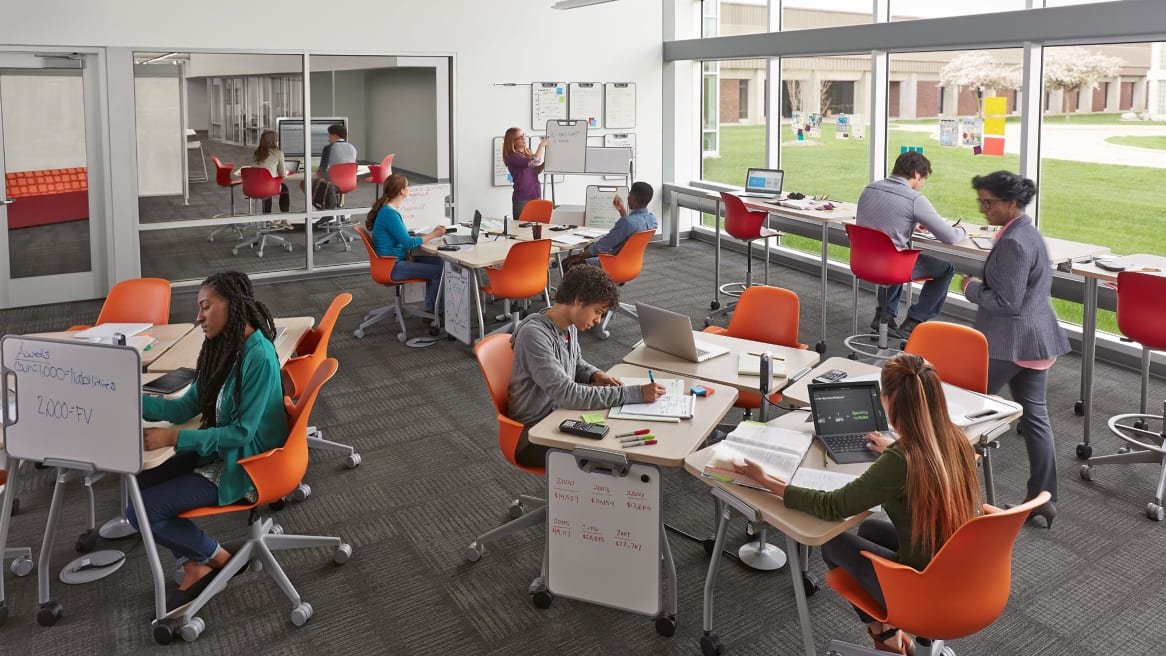Teaching the Creative Process: Think, Make, Share
Story problems have been a teaching staple since ancient times, but now they're ancient history at Beaver Country Day School.
“The answer to every story problem is the same: who cares?! There are enough real world problems out there in the world. We don’t have to make them up,” says Peter Hutton, head of the Boston area, sixth-to-twelfth grade school. “Creativity develops by doing real work rather than realistic work.”
Beaver Country Day is one of an increasing number of schools taking new approaches to teaching students creative skills.
Along with critical thinking, collaboration and communication, creativity rounds out the 4 Cs, the skill set students need in the 21st century.
Sean Corcorran, general manager of Steelcase Education, and others in the field say creativity must be more than an idea-generating exercise; it must lead to solutions for real problems. Véronique Hillen, founder and dean of Paris d. school, says “brainstorming to develop a lot of ideas in different directions is not enough. You need appropriate ideas that are going to be delivered, and you also have to use creativity on how you’re going to make it happen. Creativity isn’t a single moment in the process, it’s used until the very end, when the project is implemented in a real context.”

“Everyone has the capacity to think creatively, to have an enquiring mind, to be inventive and resourceful.”
Andrew KimEducation Researcher, Steelcase
Creativity is something anyone can develop. “Everyone has the capacity to think creatively, to have an enquiring mind, to be inventive and resourceful,” says Andrew Kim, an education researcher with Steelcase who studies creativity and how it’s taught in schools. The Steelcase research team has articulated a model for teaching creativity, a three-part process they call Think, Make, Share, with space recommendations for each of the three steps.
This is an excerpt of a story included in a new publication “rethinking success. sparking creativity.” by Steelcase Education.


